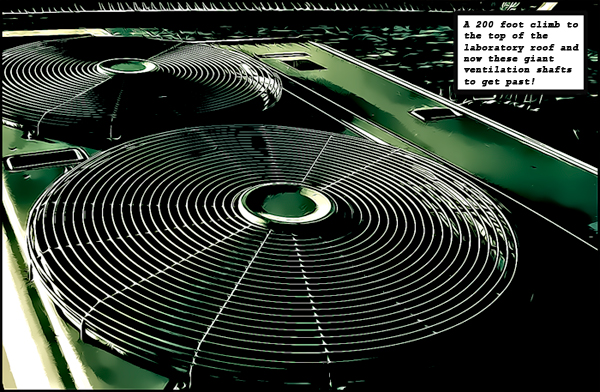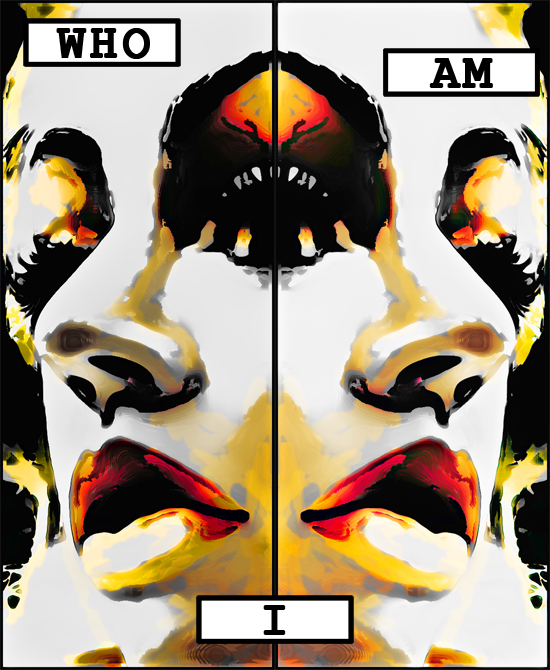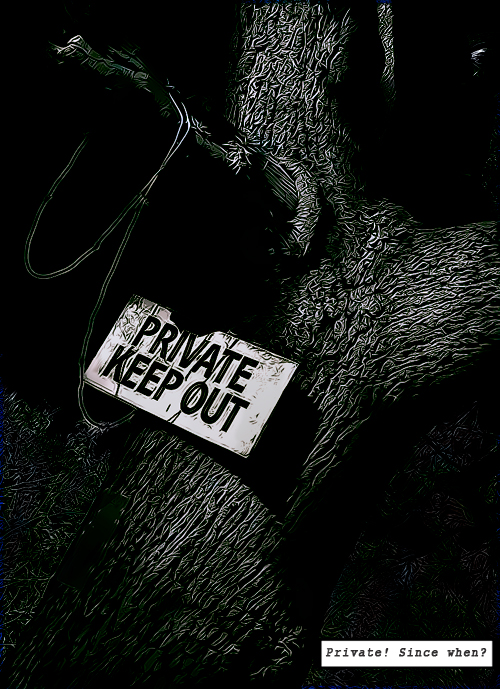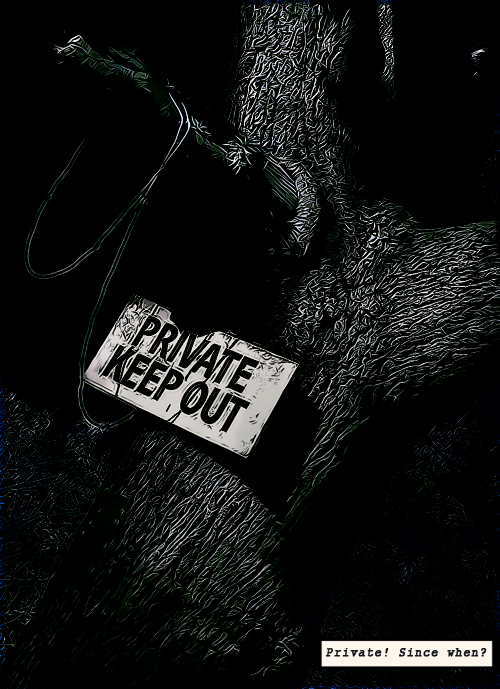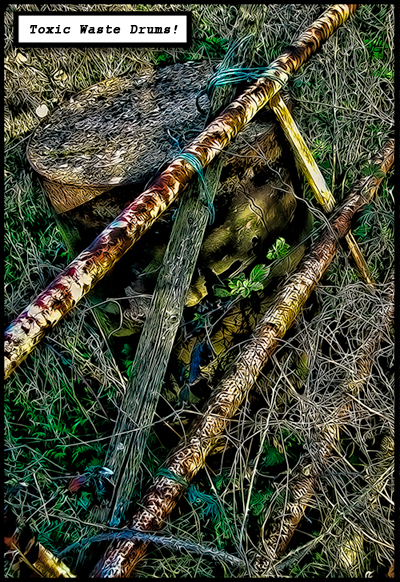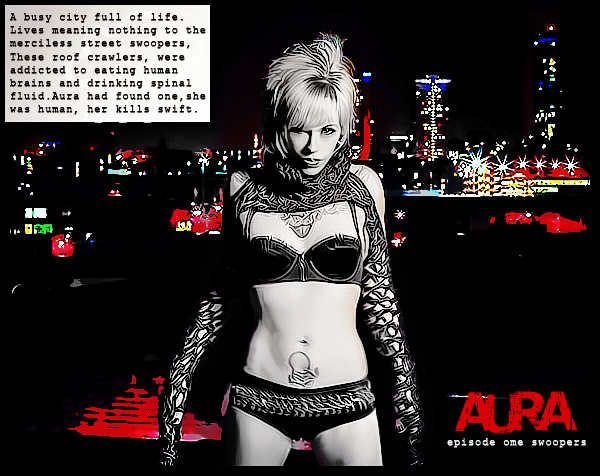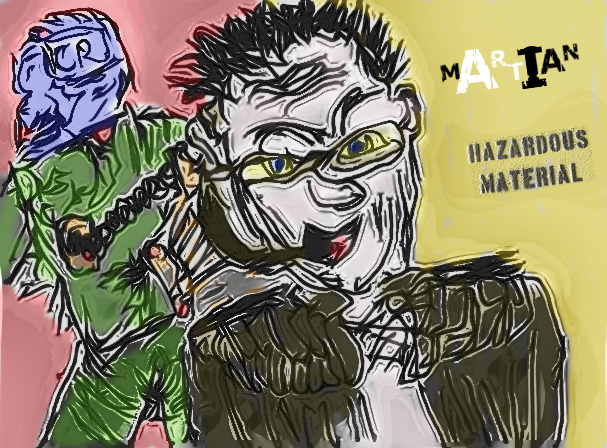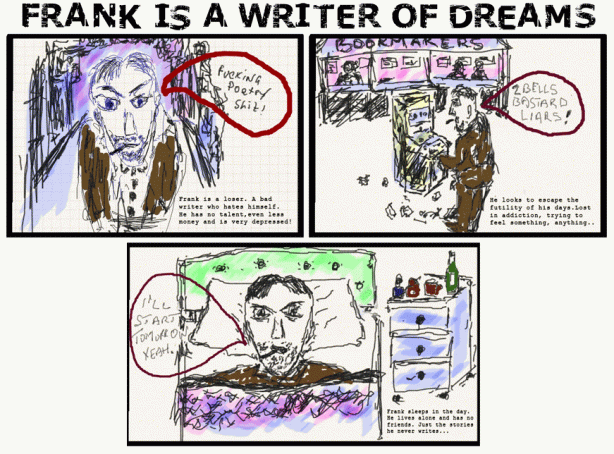Just a quick post after a brief chat with Katie at genderqueer.co.uk about gender / trans labels. I thought it would be useful to look at transsexualism as being something emerging out of issues of gender identity whilst transgender being a function of behavioural gender roles. note* I use the phrase trans to describe the entire spectrum and transsexual and transgender in alignment.
I thought after this chat it would be beneficial, if only for me, to look at the fine line that exists between externally ‘real’ concepts and equally subjectively ‘real’ inner realities. Both have their part to play in much of the difficulties surrounding trans identity, from the perspective of the observer and also the person being observed. In the first part I want to look at the objective external reality, in the second part the inner subjective self and in the third part bring the two together.
One of the first mistakes some trans people make, I state this as a truism, is to argue against the fact that there are objectively real binary genders. They say that male and female are language constructs and are more about assigned roles than actual real difference. I would hope to elucidate briefly how the brain works and forms concepts without the need for any language and hence show that male and female are objective realities as opposed to mere labels constructed from language. I think epistemological language games remove us from really useful discussion about gender, that would lead to better psychological outcomes and a more fulfilling idea of a real true self.
I use objectivism as a way of explaining how we are born with the innate hard coded ability to form concepts. These concepts are necessarily free from language they are part of our gene code and essential for our survival. I am not strictly seeing this from a Jungian archetype perspective but rather from Rand’s ideas on concept formation.
When Rand speaks of concepts she talks of the innate ability for us to distinguish one thing from another thing. To classify things based upon similarities and equally classify other things from that, based upon their differences. We are born with the understanding for example that object x is close to us whilst object y is further away. We don’t need language for this or any units of measurements we simply understand that concept without thinking. It is the objective reality of the world we are born into. Equally from this we grasp the concept of size and shape so again we can distinguish the appearance of object x and object y. Rand looked at this as concepts being formed due to our inbuilt mathematical sense of the world we find ourselves in. If we saw one table we would have the inbuilt understanding to see it as being different from a chair, in terms of attributes such as shape. This is fundamental to how our brain works and learns.
Objectivism indicates we are born with the ability to form concepts without language and to be able to differentiate and create classes, sub classes and types of things. We can see similarities and we can see differences. Male and female are not only fundamentally biologically different there common external presentation is different. This differences may be subtle in some cases (not when unclothed)but the brain has a highly tuned ability to detect minute differences and classify patterns accordingly. We are far more capable of doing this than even the best computers. This external difference is what manifests itself to the observers brain as conceptual awareness of a female class as opposed to a male class. This is unavoidable as this is how our brains are wired to understand the world in which we find ourselves. Heidegger talks of being in the world and it is a core part of our being in the world that we form concepts.
We cannot create a path that takes us away from the reality of how we are as human beings or deny the way our brains actually work in order that we learn. To seek to deny what is true takes us back to Descatres saying how do I know a devil is not deceiving me and the world is actually real at all. It seems in our secular age we have looked to science to find answers where once we looked to belief. It seems out of time to be debating ideas of true binary genders as a non physical reality when evidentially that is clearly not the case. We are not born with language but rather the ability to conceptualise without it. This is based further upon the brain’s innate ability to differentiate mathematically, without needing a measurement. The brain knows there is a size difference, a shape difference without needing language or the direct ability to understand mathematics.
Whilst many would say this is writing about the extreme end of gender politics as some trans people may view things. I personally feel it very important to begin with acknowledgement of fundamental real objective difference. This then will enable me to fully explore transsexualism as opposed to transgender as the foundations will be firmly in place. I would then seek to build the subjective and environmental walls upon and around this core in part 2.
Related Articles
- What Is a Transgender Individual? (brainz.org)
- Words, definitions and meaning. What is Transgender? (tresourcewritings.wordpress.com)
- Fired Alberta transgendered teacher rejects deal (ctv.ca)


